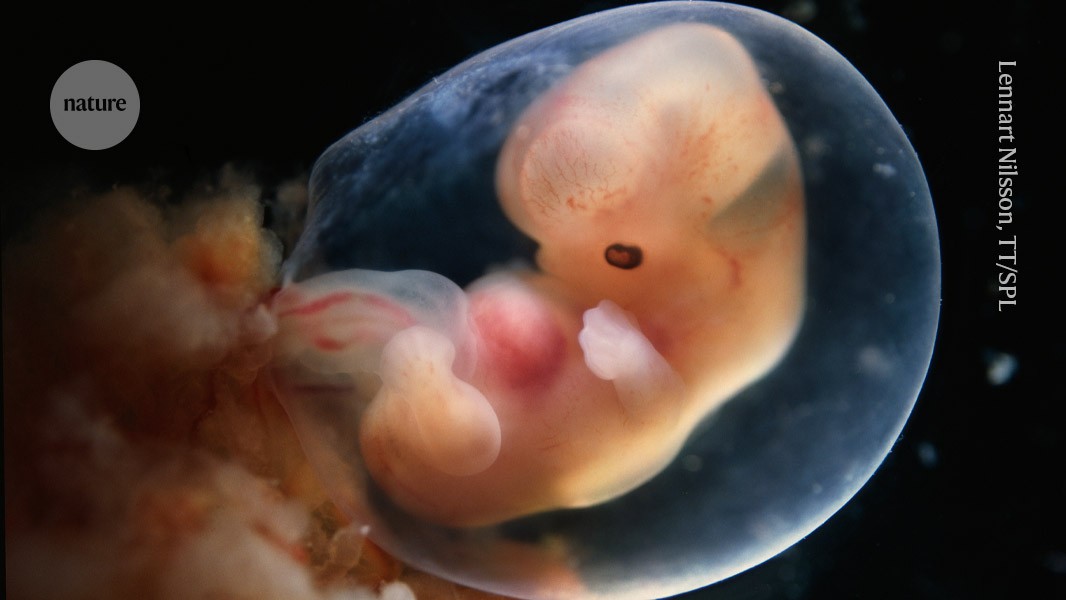
"The major advantage is it's big and reproducible, says Janet Rossant, a developmental and stem-cell biologist at the Hospital for Sick Children in Toronto, Canada, of the model."
"It's quite remarkable, the self-organization properties of these cells, says study co-author Silvia Santos, a stem-cell biologist at the Crick."
Researchers have successfully created a sophisticated model of amniotic sacs using stem cells, which mimic the protective environment around developing embryos. This model allows for improved investigation into early embryo development, which has been challenging due to limited access to actual tissue at these stages. The model grew to about 2 centimeters wide, consisting of a two-layer membrane filled with fluid, and manifested remarkable self-organization. This significant advancement could facilitate enhanced understanding and research into critical stages of pregnancy and embryonic development.
Read at Nature
Unable to calculate read time
Collection
[
|
...
]